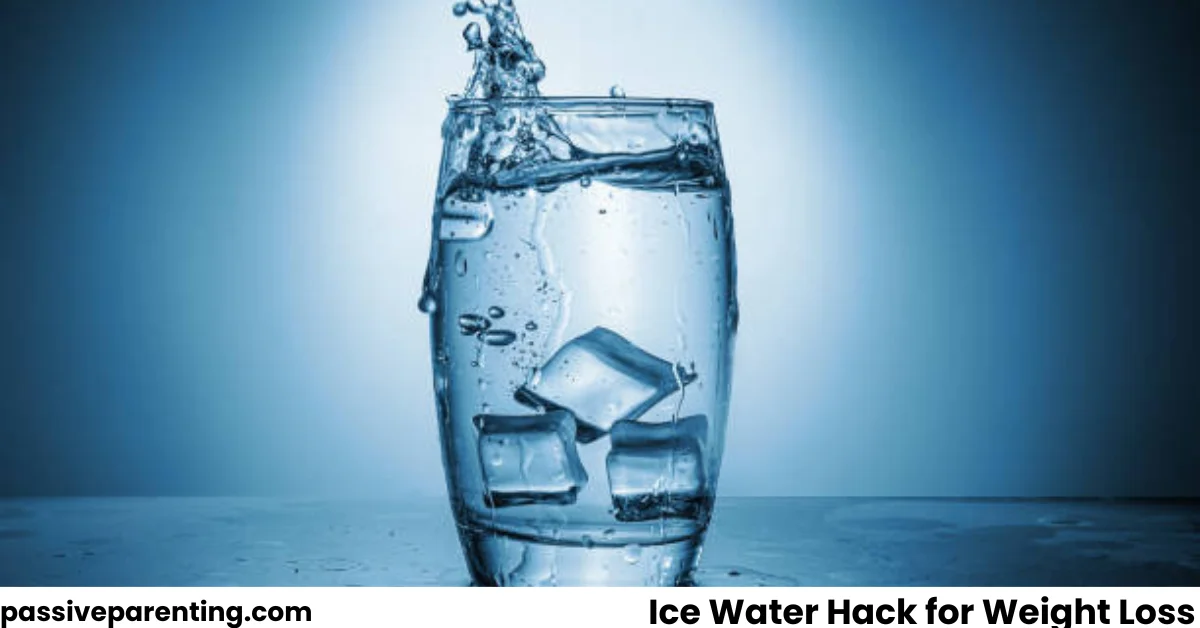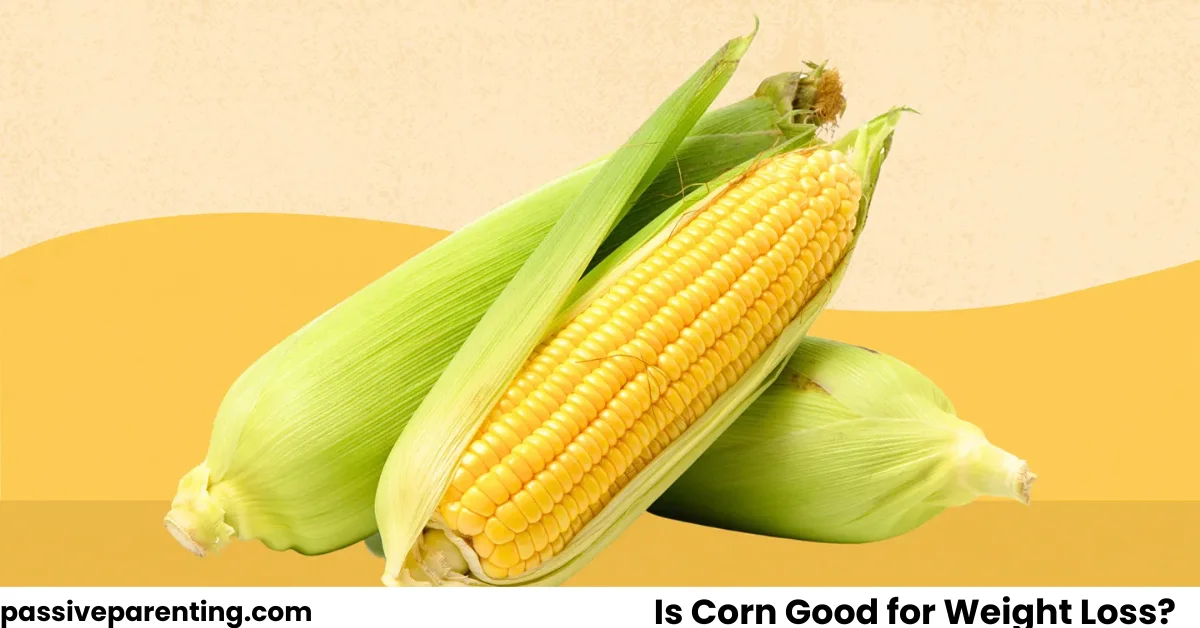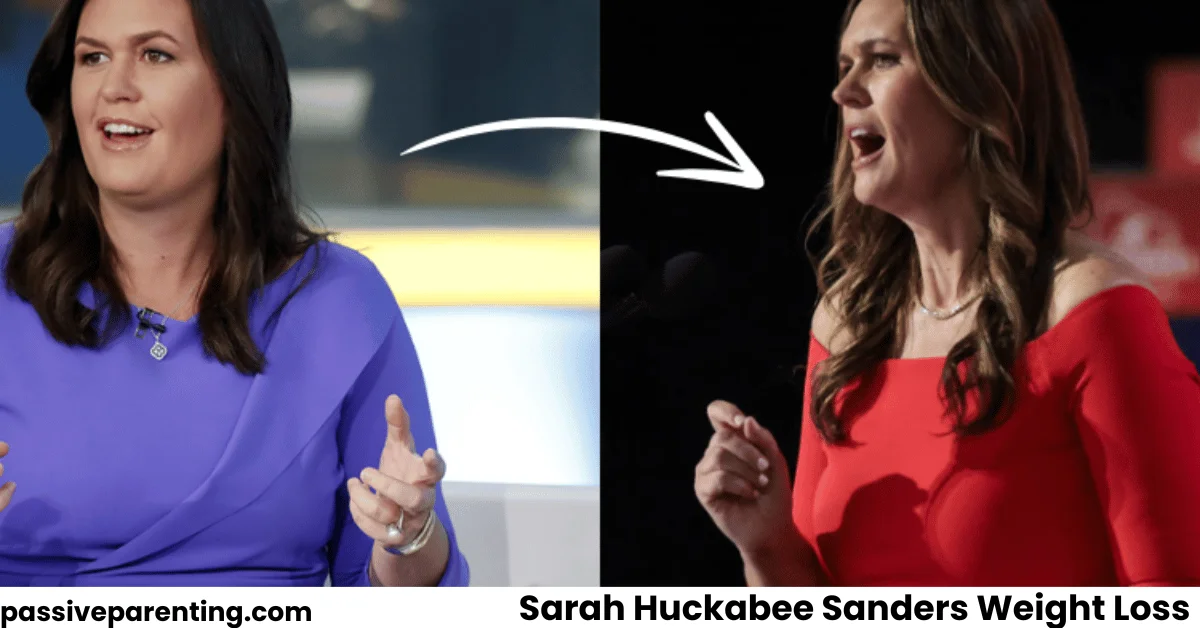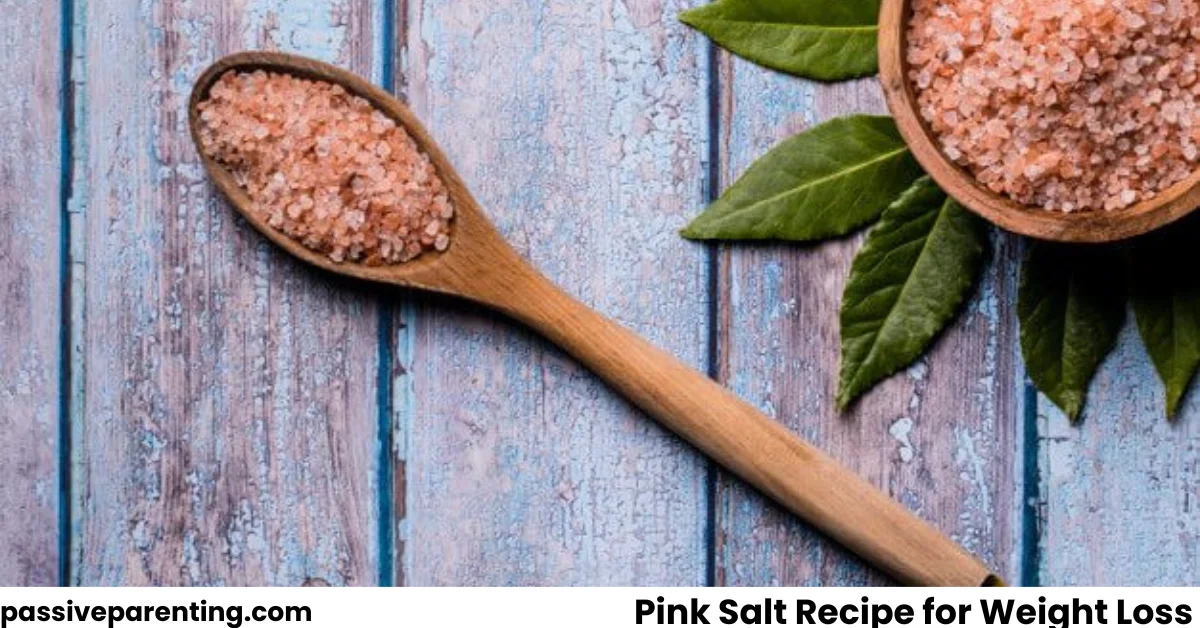Open any social feed and you’ll see it: the ice water hack for weight loss. A chilled glass (sometimes with lemon, ginger, or apple cider vinegar), a quick morning ritual, and big promises about fat-burning. It’s catchy because it’s simple. But simple doesn’t always mean effective or safe for everyone.
This guide breaks down what the hack is, what science says about cold water and metabolism, how to try it safely, and how to fold it into habits that actually move the needle. You’ll get practical recipes, smart precautions, and a myth-busting look at what cold water can and can’t do for fat loss.
What Exactly Is the Ice Water Hack?
At its core, the hack is a micro-habit: drink very cold water (often first thing in the morning). Many versions add lemon, apple cider vinegar (ACV), ginger, a pinch of salt, or less safely baking soda. Fans say it “wakes up” metabolism, reduces cravings, and helps shrink waistlines.
Key points:
- It’s not a diet plan or workout; it’s a hydration ritual.
- The central idea is water-induced thermogenesis, your body warms cold water to body temperature, supposedly burning extra calories.
Why It Went Viral (and Why People Love It)
- It feels doable. No calorie counting. No special equipment.
- Instant feedback. Cold water can make you feel alert and refreshed.
- Morning momentum. A tiny win that can trigger other good choices (steps, better breakfast, fewer snacks).
Those are real behavioral advantages even if the calorie burn itself is small.
Does the Ice Water Hack for Weight Loss Actually Work?
Short answer: It can help a little, mainly by improving hydration and, for some, trimming pre-meal appetite. The calorie burn from cooling water is modest, so it won’t replace diet quality, protein, fiber, steps, sleep, or strength training. But as a gateway habit, it can be worth keeping.
- Hydration & weight control: A recent systematic review of randomized trials found that increasing daily water intake was associated with greater weight loss (among other benefits) in several studies—supportive for hydration as part of a plan, not as a miracle fix. According to the authors, water interventions can aid weight loss, though effects vary by study design and population.
- Pre-meal water & appetite: Lab and clinical studies report that drinking water before meals can reduce immediate energy intake in at least some groups (e.g., non-obese young adults), suggesting a practical satiety effect.
Cold Water, Thermogenesis, and Brown Fat—What the Science Says
Thermogenesis from cold water: Early studies suggested that drinking water might raise resting energy expenditure (so-called “water-induced thermogenesis”). But later work questioned how big (or consistent) that effect really is—especially after controlling for water temperature and other factors. In other words, yes, there’s an effect, but it’s small.
Brown adipose tissue (BAT) and cold exposure: Cold environments can activate brown fat, which burns calories to create heat. Modern reviews show BAT is real and metabolically active in adults, but how much practical fat loss you get from casual cold exposure (like a cold drink) is limited and highly individual. Most robust BAT research involves ambient cold or cold-water immersion, not a single icy glass at breakfast.
Bottom line: Cold water contributes minimal extra calorie burn. Its bigger value is likely hydration-driven (better energy, satiety for some people, easier adherence to healthy routines).
What the Add-Ins Do (and Don’t Do)
Many versions of the ice water hack for weight loss include one or more of these. Here’s a pragmatic look:
| Add-in | Claimed perk | What evidence suggests | Best practices | Who should avoid |
|---|---|---|---|---|
| Lemon | Flavor, vitamin C, “debloat” | Flavor helps adherence; vitamin C is generally beneficial; “debloat” claims are anecdotal | Dilute well; consider a straw; rinse mouth to protect enamel | Severe reflux or enamel erosion (use caution) |
| Apple cider vinegar (ACV) | Appetite control, glycemic support | Some RCTs and reviews show small improvements in satiety or metabolic markers; results are mixed, not a fat-burner by itself | Dilute (e.g., ~1 tbsp in a large glass), use a straw, rinse afterward to protect teeth | GERD/ulcers, significant enamel wear; check meds and conditions first |
| Ginger | Digestive comfort, flavor | Supports GI comfort in some settings; may aid adherence | Start small (powder or grated), adjust to taste | Gallstone or bile issues—ask your clinician |
| Pinch of salt | Electrolytes/hydration | Context-dependent; unnecessary for most well-nourished adults | Use a tiny pinch; not daily | Hypertension, kidney disease, sodium-restricted diets |
| Baking soda | “Alkalizing,” reflux relief | Not a weight-loss strategy; routine use isn’t advised without medical guidance | Generally skip unless clinician-directed | Many—especially sodium-restricted or with GI/kidney conditions |
Protect your teeth: Acidic add-ins (lemon, ACV) can erode enamel. Dental organizations suggest diluting acids, using a straw, and rinsing with water afterward and not brushing immediately after acidic drinks.
Simple, Safer Recipes (Taste Good, No Gimmicks)
1) Basic Morning Cooler
- 10–12 oz ice-cold water
- Squeeze of lemon (optional)
- Stir and sip over 1–2 minutes
- Tip: If using lemon, rinse with plain water afterward to protect enamel.
2) ACV-Ginger Chill (occasional)
- 12 oz cold water + ice
- 1 tbsp well-diluted apple cider vinegar
- ¼–½ tsp grated fresh ginger
- Straw + rinse after
- Note: Skip if you have GERD/ulcers; start with smaller amounts.
3) No-acid Cold Start
- 12–16 oz ice water
- A few mint leaves or cucumber slices
- Great for those with sensitive teeth or reflux.
Important: The temperature (cold) and consistency (daily hydration) matter more than any add-in.
How Many Calories Does a Glass of Ice Water Burn?
Warming cold water to body temperature does consume energy, but the number is small—think single-digit to low double-digit calories per glass, not hundreds. Depending on your size and the water’s temperature/volume, it’s a rounding error compared with the impact of protein intake, fiber, steps, and sleep. That’s why the ice water hack should be treated as a supporting habit, not the main act.
Make the Hack Actually Work for You
Think of the ice water hack for weight loss as a “keystone habit” that kickstarts better choices:
- Pair it with protein. After your cold glass, have a protein-rich breakfast (Greek yogurt, eggs, tofu scramble, protein smoothie). Protein improves satiety and helps preserve muscle during weight loss.
- Walk right after. A 5–10 minute “movement snack” (stairs, brisk walk, mobility) improves energy and builds a step habit.
- Front-load hydration. Set a morning water target (e.g., 16–24 oz by 10 a.m.) so you’re not playing catch-up at night.
- Use a straw with acidic add-ins. Then rinse with plain water (don’t brush right away).
- Track the right things. Appetite ratings, snack frequency, steps, sleep, and weekly average protein/fiber. These drive results far more than a single cold glass.
Cold Water vs. Other Cold Exposure: What’s Practical?
| Method | Effort | Potential payoff | Main risks | Best for |
|---|---|---|---|---|
| Ice-cold water | Very low | Minimal calorie burn; hydration & appetite benefits for some | Dental enamel with acids; reflux in sensitive people | Everyday habit building |
| Cold showers | Moderate | Small alertness/mood lift; limited fat-loss effect | Cold sensitivity | Mental reset; consistency |
| Ice baths | High | Experimental metabolic effects; recovery modality for athletes | Cold shock, medical contraindications | Only with guidance; not a weight-loss shortcut |
Activation of brown fat is mainly seen with environmental cold, and even then, real-world weight-loss impact is modest and variable. Don’t substitute cold exposure for nutrition and activity.
Safety First: Who Should Be Careful or Skip It
Most healthy adults can enjoy cold water. But use caution or talk to a clinician if you have:
- Raynaud’s phenomenon or severe cold sensitivity (consider cool—not icy—water).
- GERD/ulcers (avoid acidic add-ins; choose plain or mint/cucumber water).
- Kidney disease or sodium-restricted diets (skip “salt pinches” and baking soda).
- Pregnancy or heart conditions (get medical advice before experimenting with cold exposure or acidic concoctions).
For dental health, dilute acids, use a straw, rinse with water, and avoid brushing immediately after acidic drinks.
Myth vs. Fact (Quick Hits)
- Myth: Ice water melts belly fat.
Fact: The calorie burn is tiny; it doesn’t “spot reduce” fat. - Myth: ACV + ice water is a fat-burning combo.
Fact: Some studies suggest small satiety or glycemic benefits, but ACV isn’t a metabolism turbocharger. Use it diluted and sparingly. - Myth: If a little is good, a lot is better.
Fact: Overdoing acids or baking soda can harm teeth and GI comfort. Stick to safe dilution and simple recipes. - Myth: Cold water alone is enough for weight loss.
Fact: Sustainable fat loss comes from overall diet quality, protein, fiber, daily steps, sleep, and resistance training—hydration helps you stick to those habits.
A 7-Day Starter Plan (Gateway Habit Approach)
Day 1–2: Basic ice water (no acids) on waking + 5-minute walk.
Day 3–4: Add lemon or ginger (diluted well); rinse mouth after.
Day 5–7: Keep the version you enjoy; add a protein-rich breakfast and set a step goal (e.g., +1,500 steps/day).
Track (1–10 scale): Morning energy, hunger before lunch, snack count, steps, and sleep quality. Keep what helps; drop what doesn’t.
The Bottom Line
The ice water hack for weight loss isn’t a magic bullet but it’s a useful habit. The calorie burn from cooling water is small, yet hydration can support appetite control and adherence to bigger levers like protein, fiber, movement, and sleep. If you enjoy a cold morning glass, keep it. If you add lemon or ACV, dilute well, use a straw, and rinse. If you have reflux, dental issues, kidney disease, or sodium limits, opt for plain cold water and talk to your clinician first.
Use the hack to set a positive tone for your day and then let the real work (food quality, activity, rest) carry you to lasting results.




